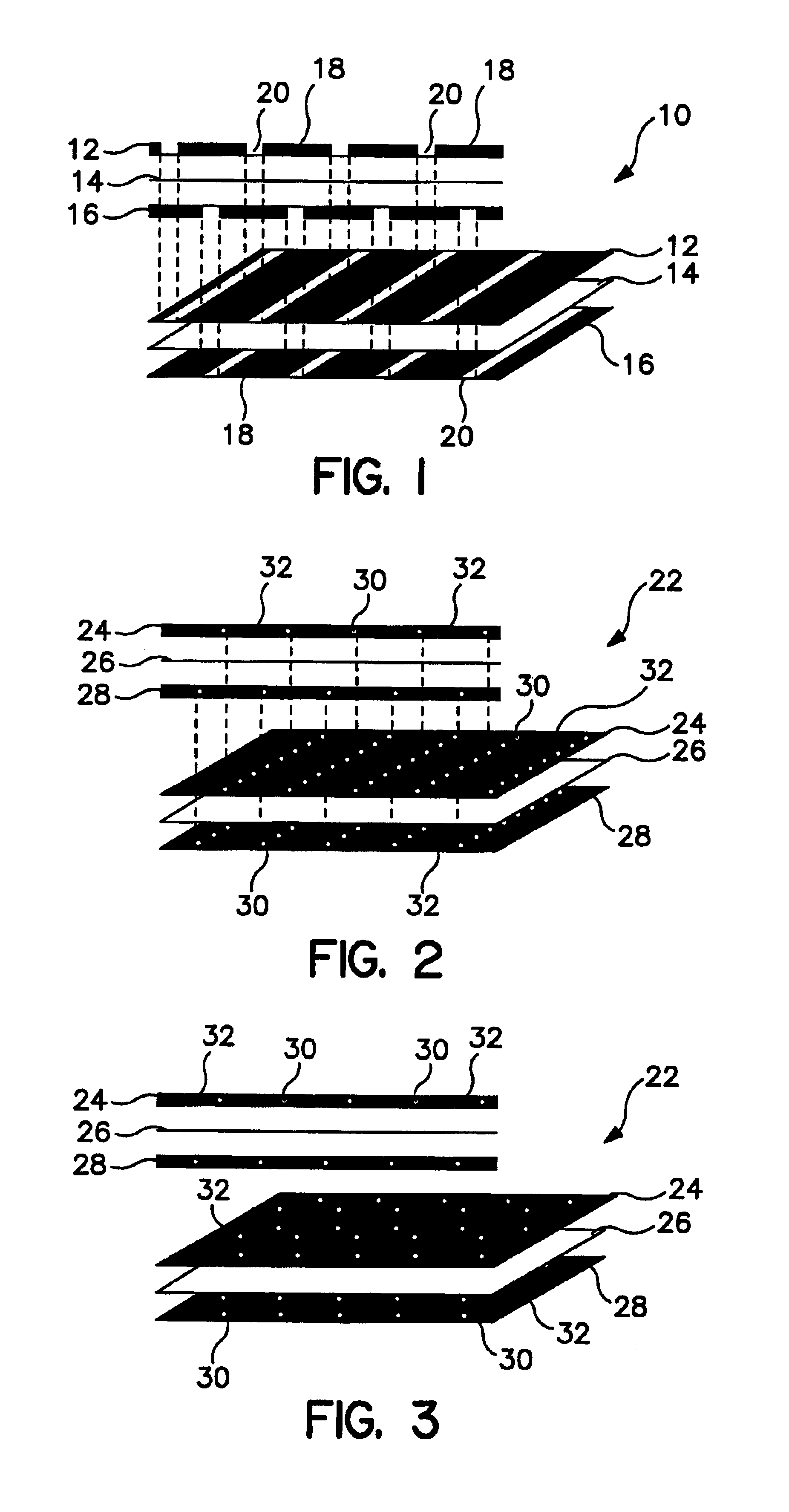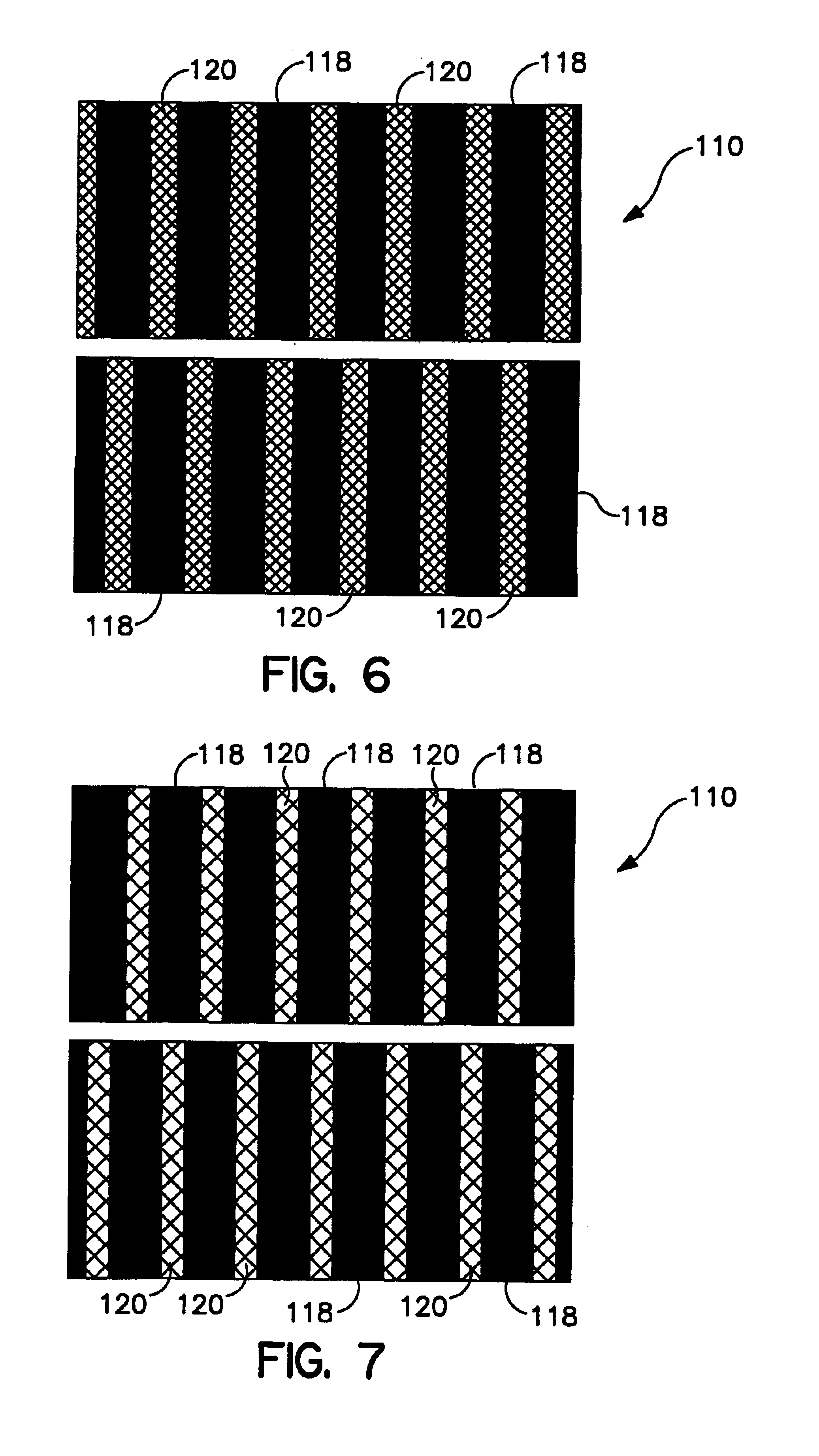Paper wiping products treated with a hydrophobic additive
a technology of additives and wiping products, applied in the field of hydrophobic additives treated paper wiping products, can solve the problems of affecting the ability of the wiping product to absorb liquids, adversely affecting the product, and difficult to find a proper balance between improving the properties of the web, so as to achieve the effect of improving the wetability properties and improving the product properties
- Summary
- Abstract
- Description
- Claims
- Application Information
AI Technical Summary
Benefits of technology
Problems solved by technology
Method used
Image
Examples
example
[0079]In this example, the following tests were conducted on various tissue sheet samples.
[0080]“Wet Out Time” is related to absorbency and is the time is takes for a given sample to completely wet out when placed in water. More specifically, the Wet Out Time is determined by cutting 20 sheets of the paper product into 2.5-inch squares. The number of sheets used in the test is independent of the number of plies per sheet of product. The 20 square sheets are stacked together and stapled at each corner to form a pad. The pad is held close to the surface of a constant temperature distilled water bath (23+ / −2° C.), which is the appropriate size and depth to ensure the saturated specimen does not contact the bottom of the container and the top of the surface of the water at the same time. The pad is then dropped flat onto the water surface, staple points down. The time taken for the pad to become completely saturated, measured in seconds, is the Wet Out Time for the sample and represents...
PUM
| Property | Measurement | Unit |
|---|---|---|
| Fraction | aaaaa | aaaaa |
| Fraction | aaaaa | aaaaa |
| Fraction | aaaaa | aaaaa |
Abstract
Description
Claims
Application Information
 Login to View More
Login to View More - R&D
- Intellectual Property
- Life Sciences
- Materials
- Tech Scout
- Unparalleled Data Quality
- Higher Quality Content
- 60% Fewer Hallucinations
Browse by: Latest US Patents, China's latest patents, Technical Efficacy Thesaurus, Application Domain, Technology Topic, Popular Technical Reports.
© 2025 PatSnap. All rights reserved.Legal|Privacy policy|Modern Slavery Act Transparency Statement|Sitemap|About US| Contact US: help@patsnap.com



